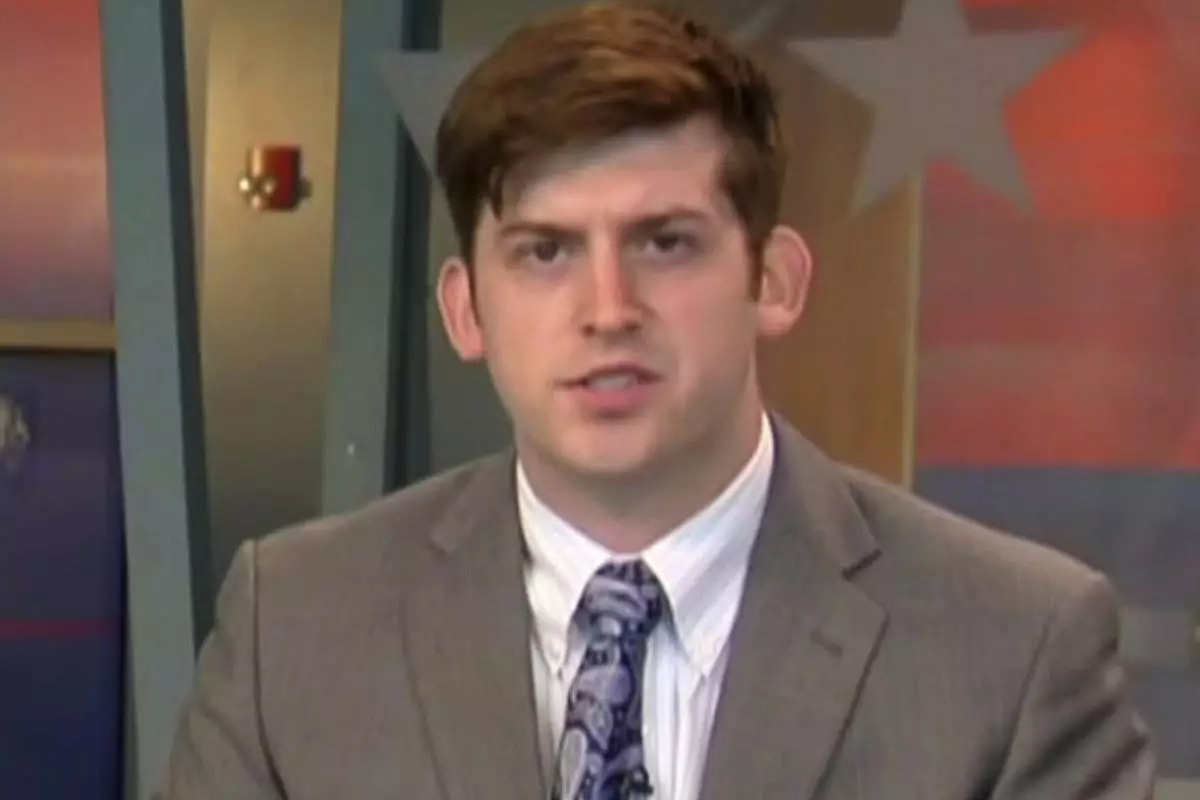Hera Chan is crowned Miss Hong Kong 2018 in Hong Kong, Aug. 26, 2018.

Hera Chan (C) poses with first runner-up Amber Tang (L) and second runner-up Sara Ting (R) during the Miss Hong Kong 2018 pageant in Hong Kong, Aug. 26, 2018.

The first runner-up is Amber Tang.

The second runner-up is Sara Ting.

NEW YORK (AP) — A jury has awarded $116 million to the family of one of five people killed in a no-door helicopter that crashed and sank in a New York City river, leaving passengers trapped in their safety harnesses.
The verdict came Thursday in the lawsuit over the death of Trevor Cadigan, who was 26 when he took the doomed flight in March 2018.
It was, family lawyer Gary C. Robb said Friday, “a death trap.”
“They just completely misled the public about the ability to get out in an emergency” from the harnesses, which were store-bought fall-protection gear envisioned for construction workers, not aviation use, he said.
Messages seeking comment were sent Friday to lawyers for the companies that jurors blamed for his death.
The jury decided 42% of the fault lay with FlyNYON, which arranged the flight, and 38% with Liberty Helicopters, which owned the helicopter and supplied the pilot. Jurors assigned 20% of the liability to Dart Aerospace, which made a flotation device that malfunctioned in the crash.
The chopper plunged into the East River after a passenger tether got caught on a floor-mounted fuel shutoff switch and stopped the engine, federal investigators found. The aircraft started sinking within seconds.
The pilot, who was wearing a seatbelt, was able to free himself and survived. But the five passengers struggled in vain to free themselves from their harnesses, the National Transportation Safety Board's investigation found.
All five died. They were Cadigan; Brian McDaniel, 26; Carla Vallejos Blanco, 29; Tristan Hill, 29; and Daniel Thompson, 34.
Cadigan, a journalist, had recently moved to New York from Dallas and was enjoying a visit from his childhood friend McDaniel, a Dallas firefighter.
The NTSB largely blamed FlyNYON, saying it installed hard-to-escape harnesses and exploited a regulatory loophole to avoid having to meet safety requirements that would apply to tourist flights.
FlyNYON promoted “sneaker selfies” — images of passengers' feet dangling over lower Manhattan — but told employees to avoid using such terms as “air tour” or “sightseeing" so the company could maintain a certification with less stringent safety standards, investigators said. The company got the certification via an exemption meant for such activities as newsgathering, commercial photography and film shoots.
In submissions to the NTSB, FlyNYON faulted the helicopter's design and the flotation system, which failed to keep the aircraft upright. DART Aerospace, in turn, suggested the pilot hadn't used the system properly. The pilot told the NTSB that the passengers had a pre-flight safety briefing and were told how to cut themselves out of the restraint harnesses.
After the crash, the Federal Aviation Administration temporarily grounded doors-off flights with tight seat restraints. The flights later resumed with requirements for restraints that can be released with just a single action.
Robb said Cadigan's parents sued in hopes of stopping the no-doors flights.
His father, Dallas broadcast journalist Jerry Cadigan, died in July in St. Louis, while visiting relatives during a break in the roughly three-month-long trial in Manhattan.
“He didn’t see the final journey to justice,” Robb said, “but he knew it was coming.”

FILE - This image from undated video provided by WFAA in Dallas in March 2018, shows Trevor Cadigan, a former WFAA intern and son of WFAA production manager Jerry Cadigan. (WFAA via AP, File)

FILE - A helicopter is hoisted by crane from the East River onto a barge in New York on Monday, March 12, 2018. (AP Photo/Mark Lennihan, File)








